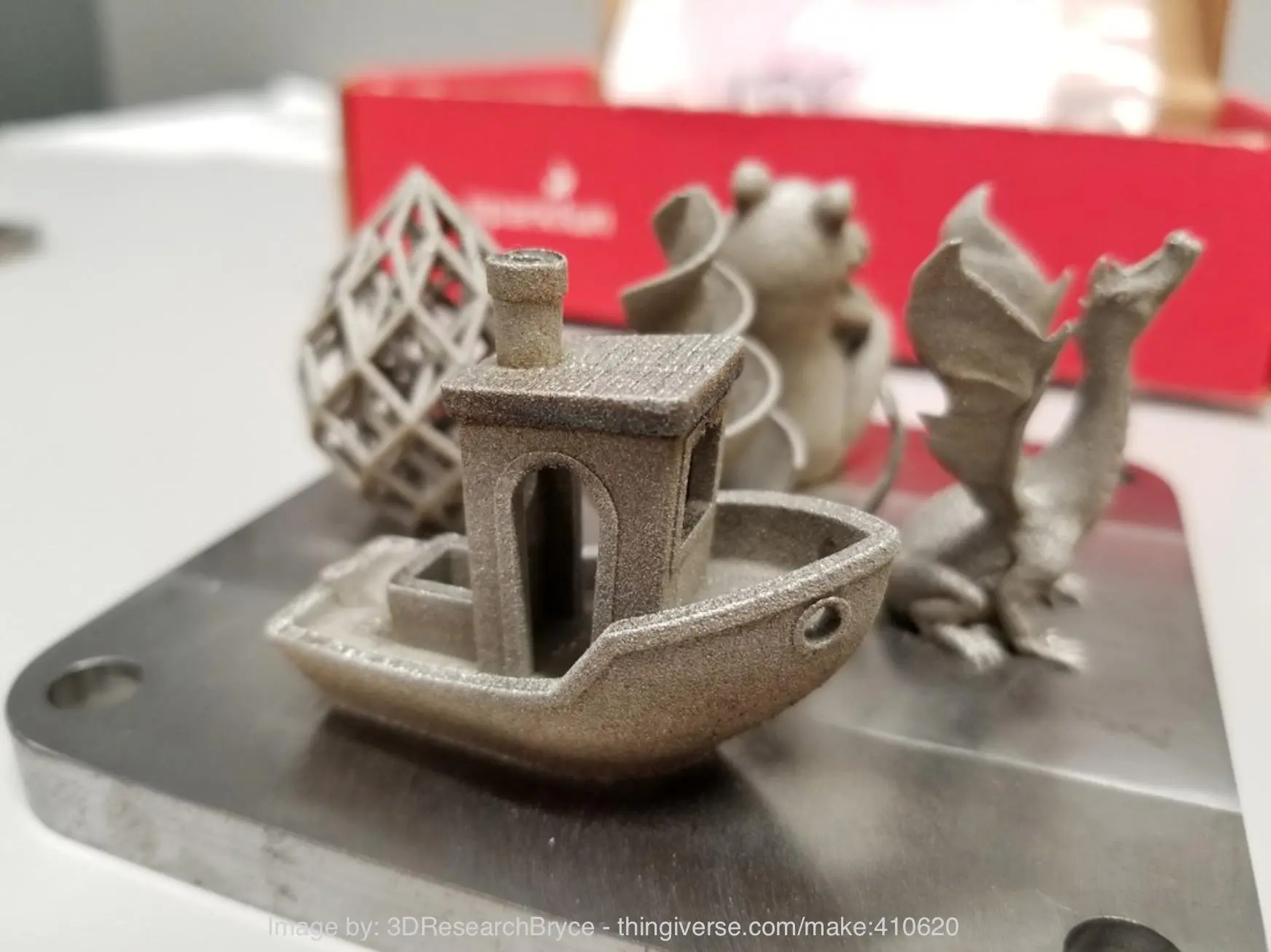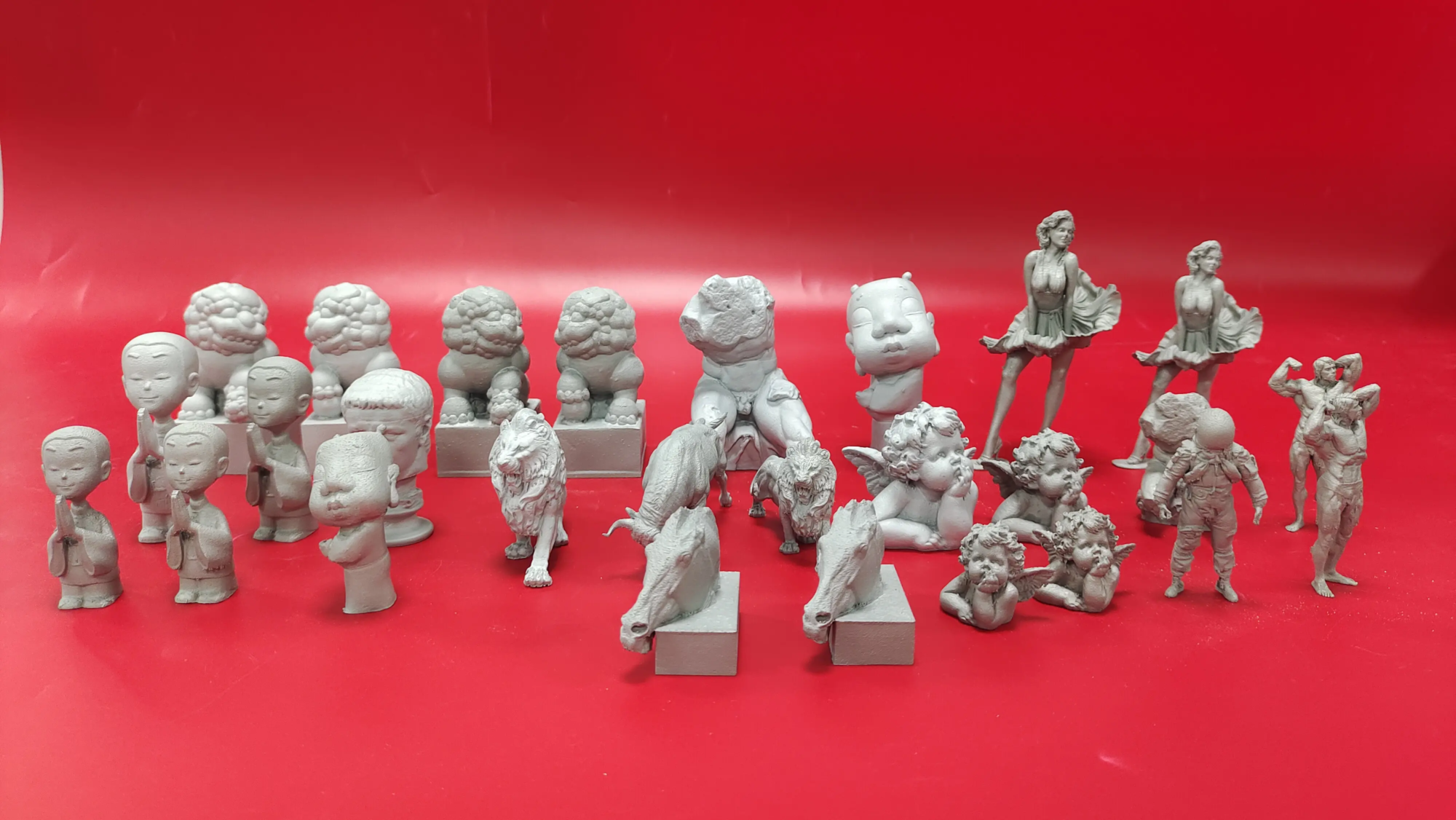The Asian winter matches of Harbin 9th 2025 (hereinafter the “Asian Winter Games”) will be held from February 7 to February 14, 2025. This is another international majority ice and international snow event organized by China after the Beijing 2022 Winter Olympic Games. It is understood that more than 1,270 athletes of 34 countries and Asian regions Asian winter games. The Chinese delegation won 32 golden bronzes, 27 silver and 26, leading the list of gold medals again and creating the best record in the history of Asian winter games.
As an important “contributor” behind the Asian winter games, the Harbin Institute of Technology has produced a series of scientific and technological achievements in the research and development of sports equipment, the intelligent transport guarantee, the construction of places security and other fields. These technological innovations offer solid guarantees for ice and snow sports events and inject a strong technological momentum in this ice and snow event.
According to the resource database, the team of Professor Huang Lujun of the School of Materials Science and Engineering of Harbin Institute of Technology uses 3D printing technology for photocurageHarbin monuble buildingsIt is reproduced with an ultra-elevated precision miniaturization, including the hyperbolic form of the Harbin Grand Theater, the structure of the bridge of the Yangmingtan bridge, the relief appearance of the commemorative flood control tower, etc.
These models were exhibited in the exhibition zone of important event activities during Asian winter games, becoming a window to present Harbin’s cultural heritage. The team optimizes printing parameters and processes to ensure precise restoration of the details of the model, reflecting the integration of technology and art.
In fact, in addition to the application of miniature models of Asian winter games, 3D printing technology can also be practically applied in the creation or functional structure of ice and snow.
When renovating the Asian winter location, a relevant team from the Harbin Technology Institute offered3D printing technology Ice and snow sculptureAnd listed this scientific and technological achievement as one of the fourteen subjects reported. This technology should be applied to the rapid training of ice and snow landscapes or to support the construction of complex structures, although specific application details have not been disclosed in detail.
In addition, on the basis of the experience of the previous winter Olympic Games (such as 3D printed torches, helmets, snowflakes from the flower bed and other products from the Beijing Winter Olympic Games), combined with the technological orientation of Asian Winter Games, we assume that 3D printing can also be used for the design of certain products of sport or personalized.





